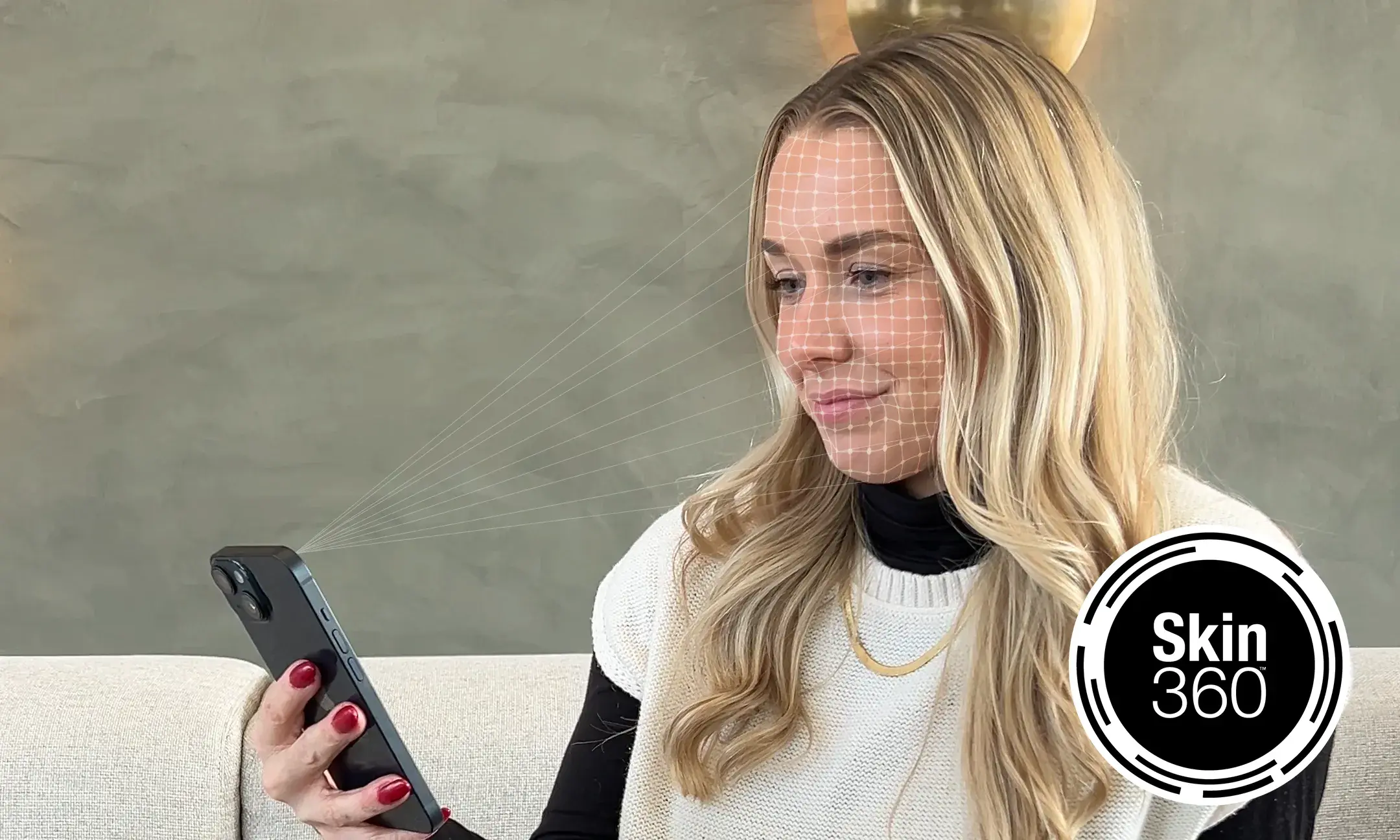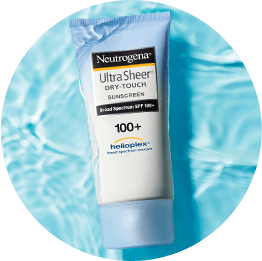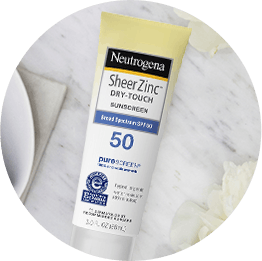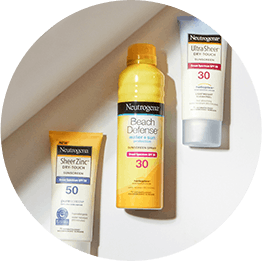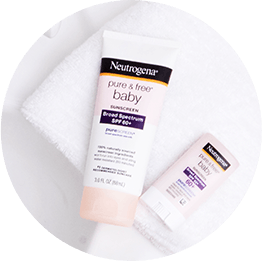Step one: wash your face
There are 16 FDA approved UV Filters that fall under 2 main categories: chemical and mineral.
Check out the key benefits and differences between the two below.

Chemical
How They Work
Chemical filters like Oxybenzone work by absorbing UV rays so that your skin doesn’t.
Feels Like
Ultra-light, spreads easily over skin.
Mineral
How They Work
Mineral filters like Zinc Oxide work by reflecting, scattering and absorbing UV rays.
Feels Like
Oil-free. No greasy residue.
The upsides to wearing high SPFs
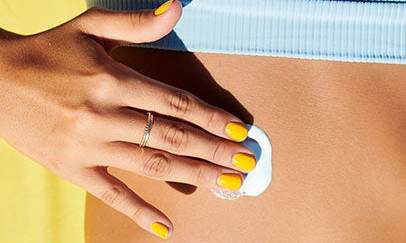
They provide superior sun protection than lower SPFs.
Wearing high SPFs provides an extra measure of protection in case of under-application.
The more sun protection you have, the lower the risk of skin cancer.
Take it from the pros
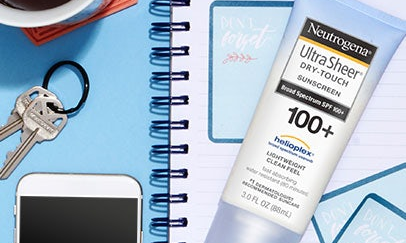
90%
of dermatologists recommend patients use high SPF
97%
of dermatologists agree that using sunscreen helps lower risk of skin cancer.
Flipping the myth

What does Reef Safe mean?
Nothing. Terms like “coral friendly sunscreen” and “reef safe sunscreen” are non-regulated claims used by some companies to inform that their products do not contain ingredients that they believe to be damaging coral reefs, even with no credible science to back them up.
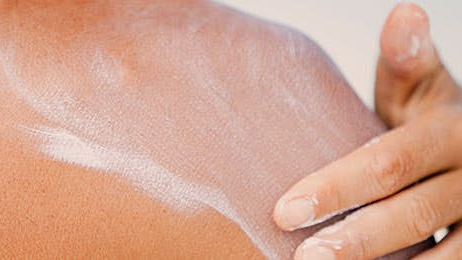
Are chemical sunscreens safe?
Yes, they are. Oxybenzone has been FDA approved for nearly four decades and is scientifically proven to be environmentally safe. We ensure that our formulas are safe on the skin by sourcing raw materials, continuously evaluating and assessing our ingredients and, above all, using reliable scientific sources to back us up.
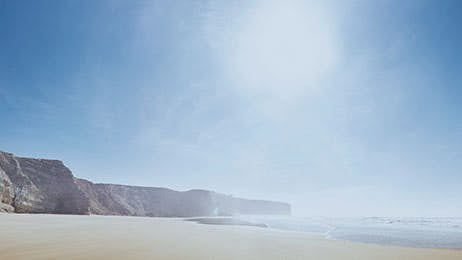
All suncreen over SPF50+ are basically the same, right?
Nope. A recent study reveals that SPF 100+ is way more effective than SPF 50+. The good news is that people are getting more informed about skin cancer, so they are seeking higher levels of protection.

What do the numbers next to SPF even mean?
Imagine that it takes 10 minutes of unprotected sun exposure for your skin to start burning. This means that SPF 20 will protect your skin from the sun for up to 200 minutes. Make sure to use the right amount of sunscreen to ensure accuracy. Most people usually apply way less than needed.

